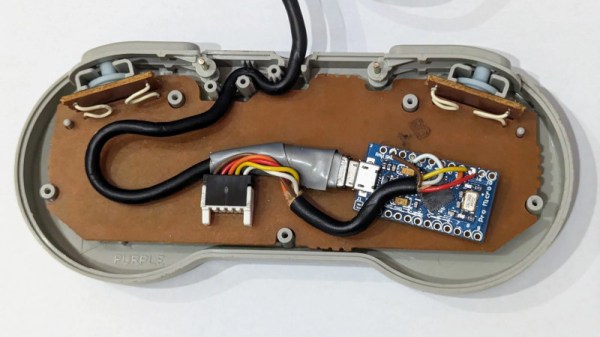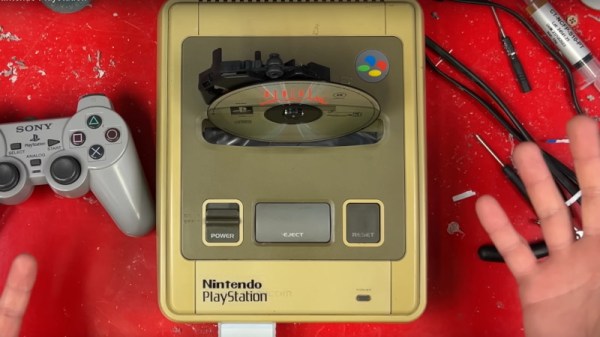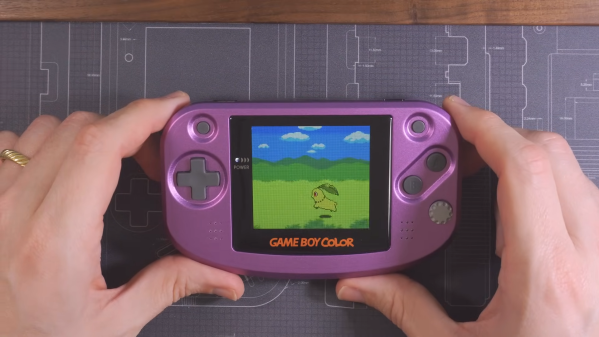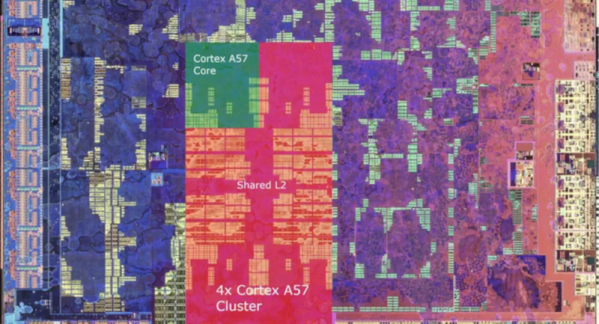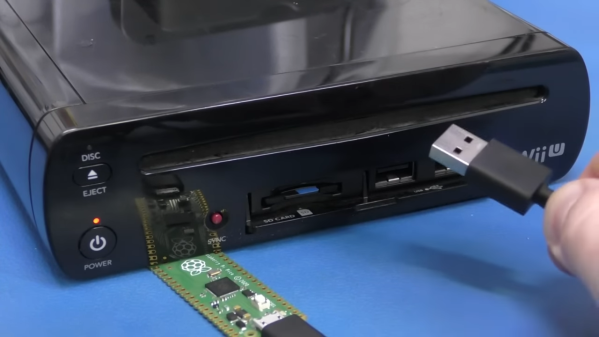Who wouldn’t want to run a UNIX-like operating system on their NES or Famicom? Although there’s arguably no practical reason for doing so, [decrazyo] has cobbled together a working port of Little Unix (LUnix), which was originally written for the Commodore 64 and 128 by [Daniel Dallmann]. The impetus for this project was initially curiosity, but when [decrazyo] saw that someone had already written a UNIX-like OS for the 6502 processor, it seemed apparent that the NES was too similar to the C64 to not port it.
Much of this is relatively straightforward, as the 6502 MPU in the C64 is nearly identical to the Ricoh 2A03 in the NES, with the latter missing the binary-coded decimal support, which is not a crucial feature. The only significant roadblock was the lack of RAM in the NES. The console has a mere 2 KB of RAM and 2 KB of VRAM, which made it look anemic even next to the C64. Here, a Japan-only accessory came to the rescue: the Famicom Disk System (FDS), which is a proprietary floppy disk-based system that slots into the bottom of the Famicom and was used for games as well as storing saves back in the day.
By using a Famicom with FDS, it was possible to gain an additional 32 kB provided by the FDS, making the userspace utilities available in the shell. The fruits of this labor work well enough that he could also pop it up on an EverDrive cartridge that supports FDS ROMs and boot it up on an unmodified NES. Whether this is cooler than the NES-OS, which we covered previously, is up for debate.
Incidentally, [Maciej Witkowiak] seems to have resumed development on LUnix, with a new release in 2023, so maybe UNIX-on-6502 may see a revival after a few decades of little happening.
Continue reading “Running UNIX On A Nintendo Entertainment System”


